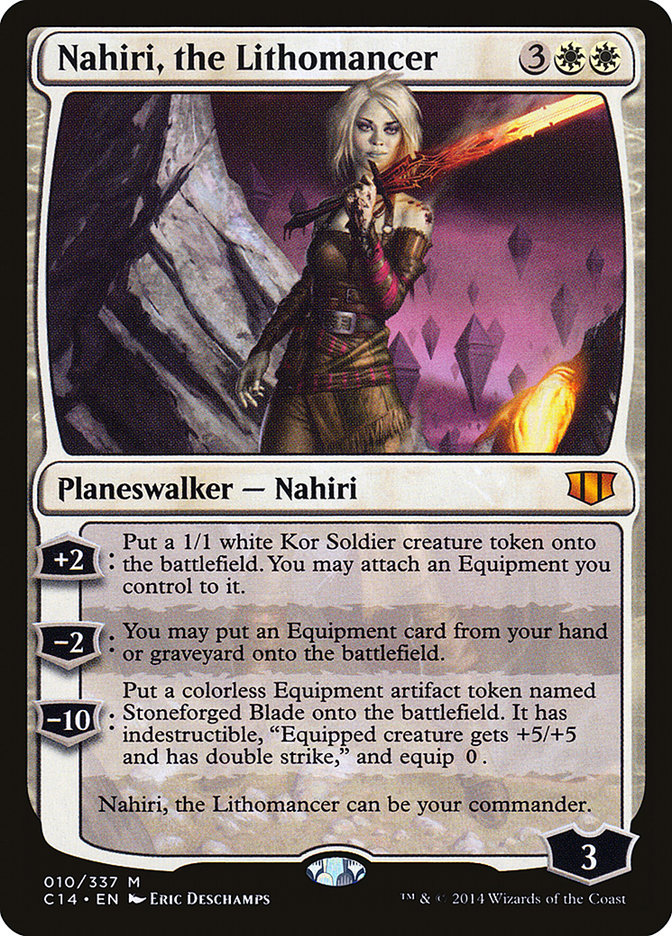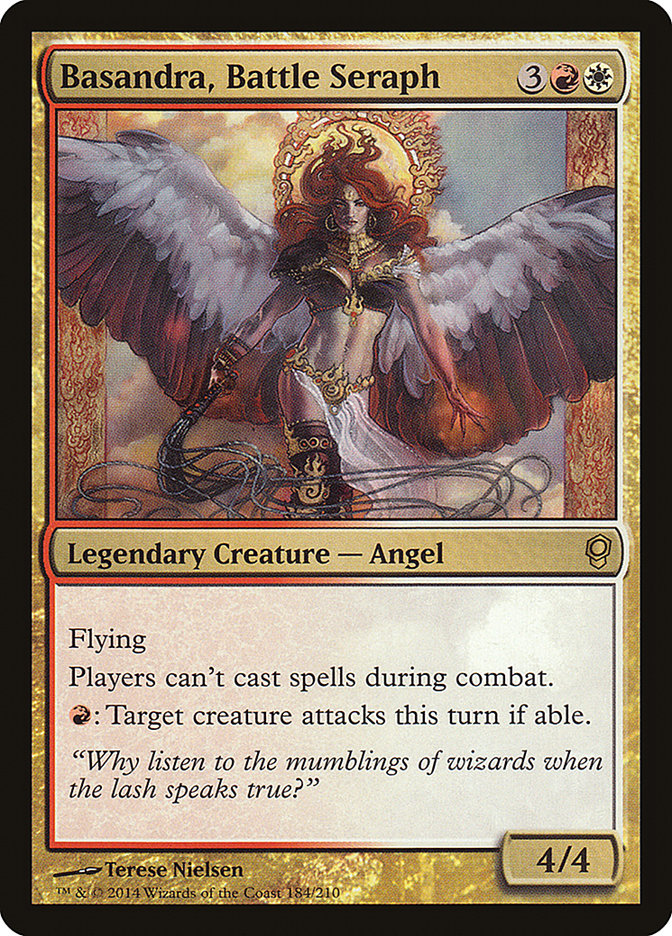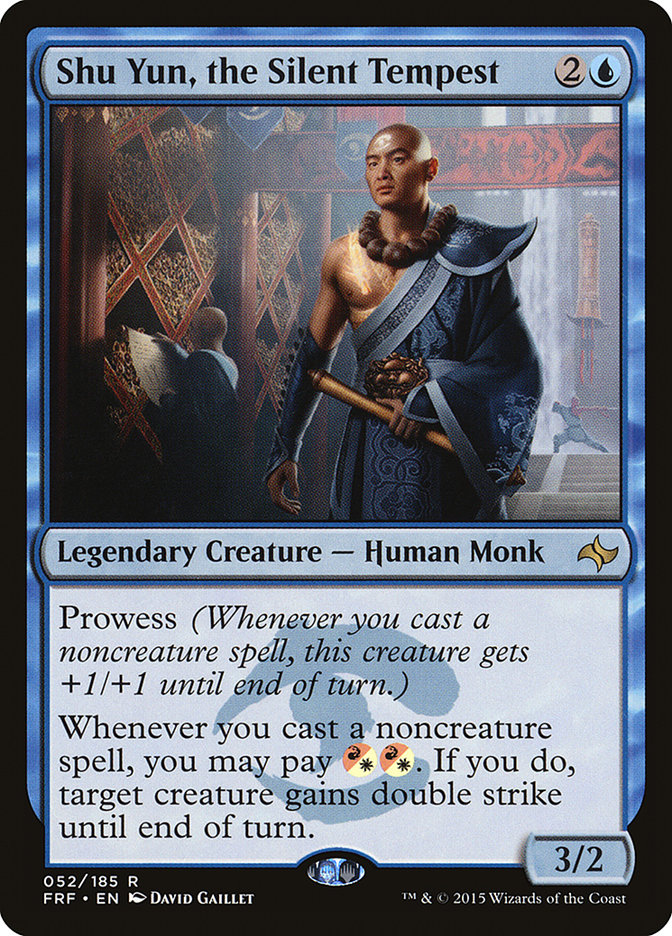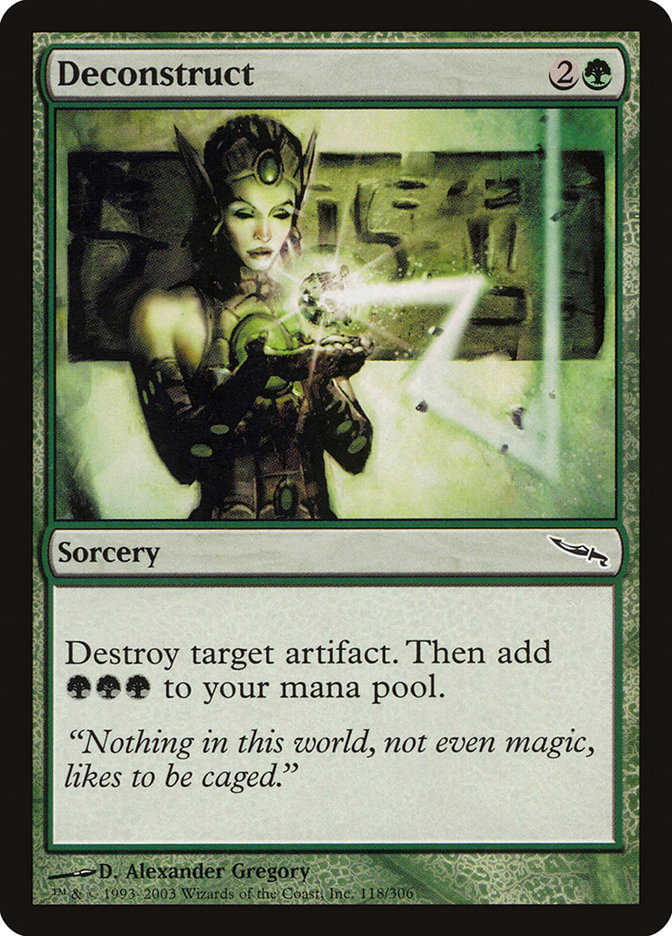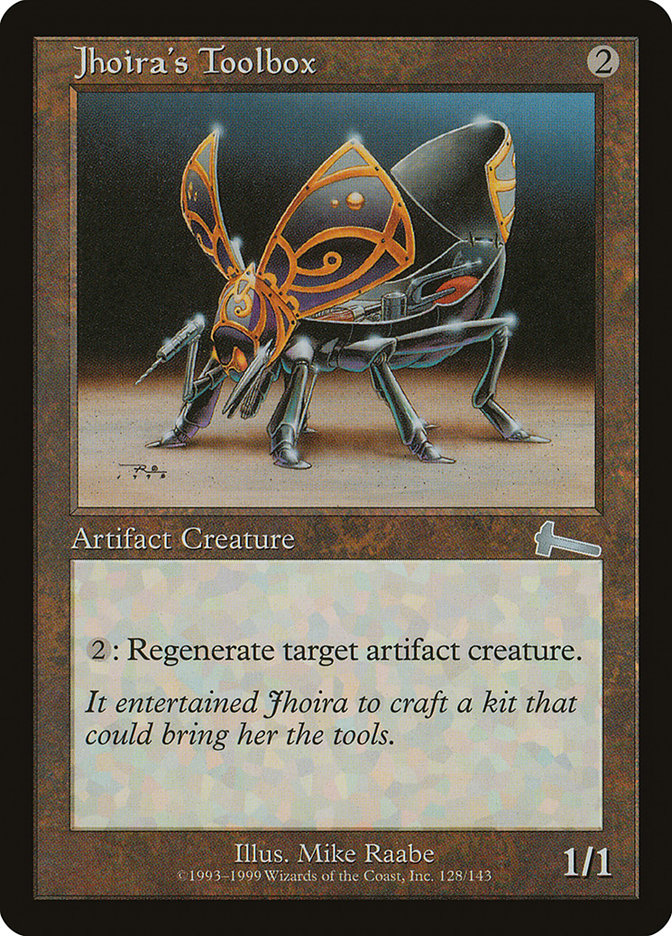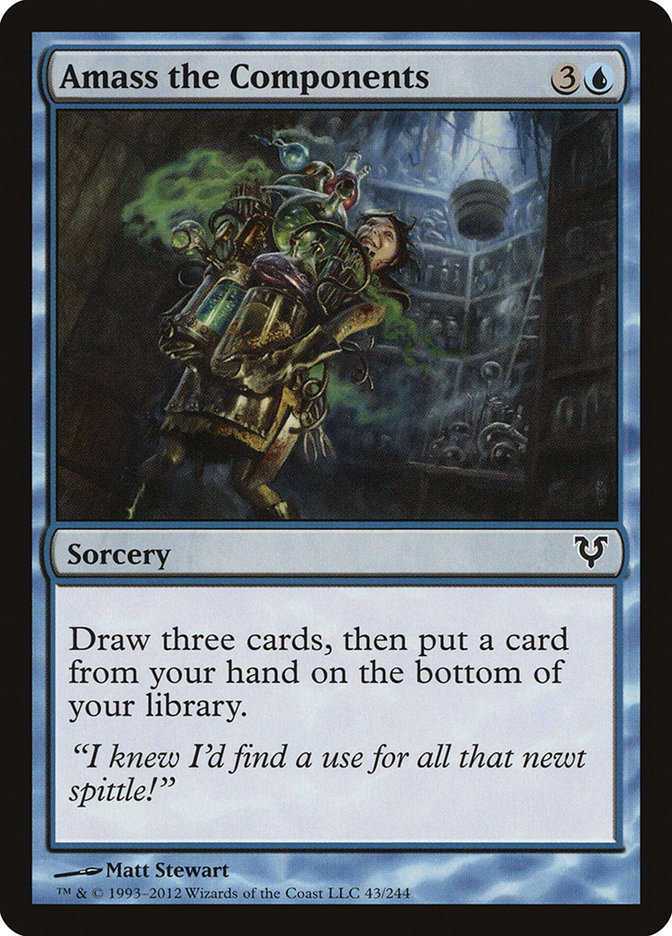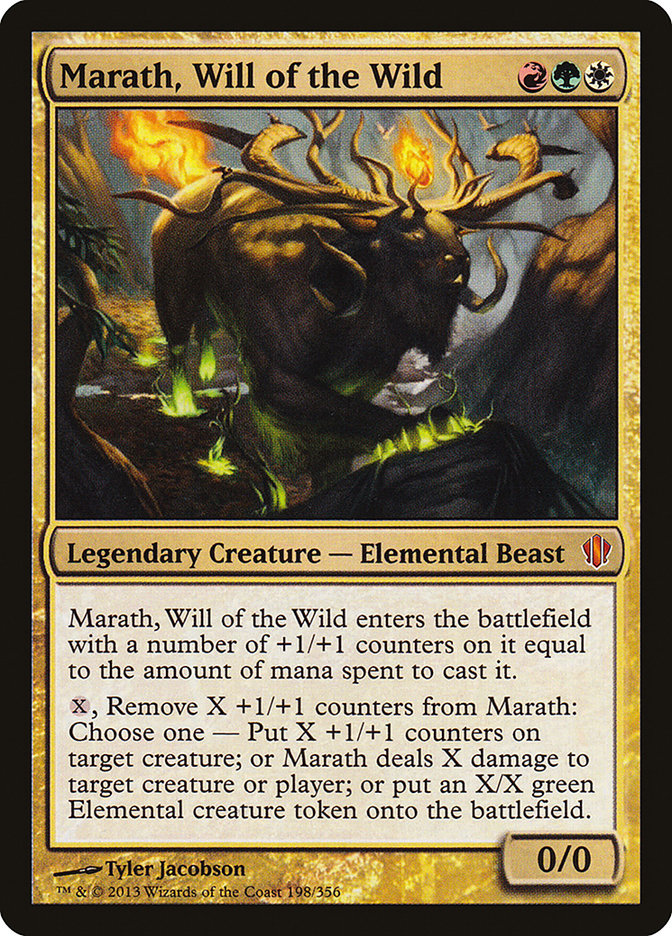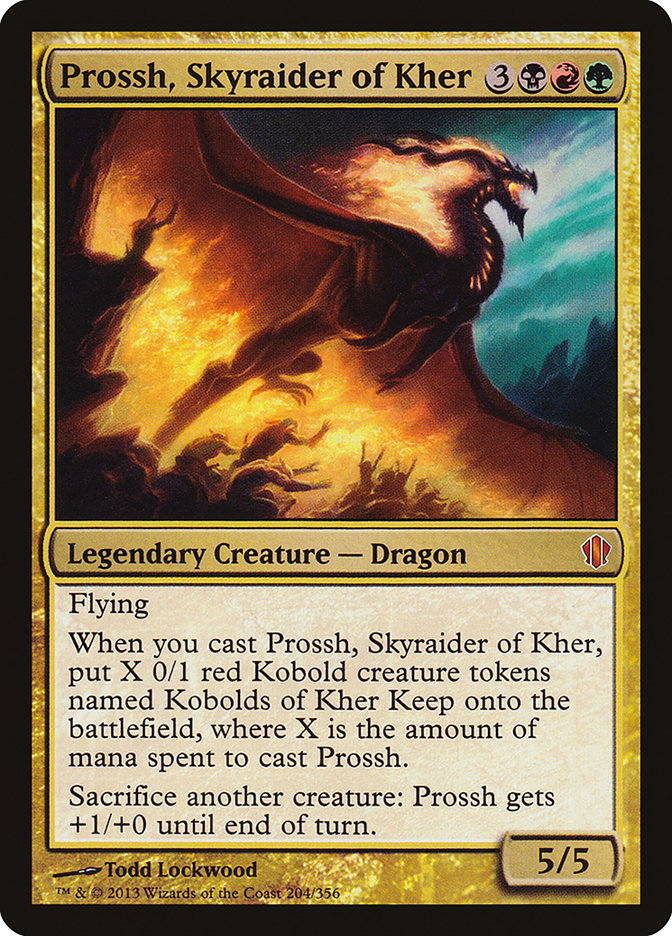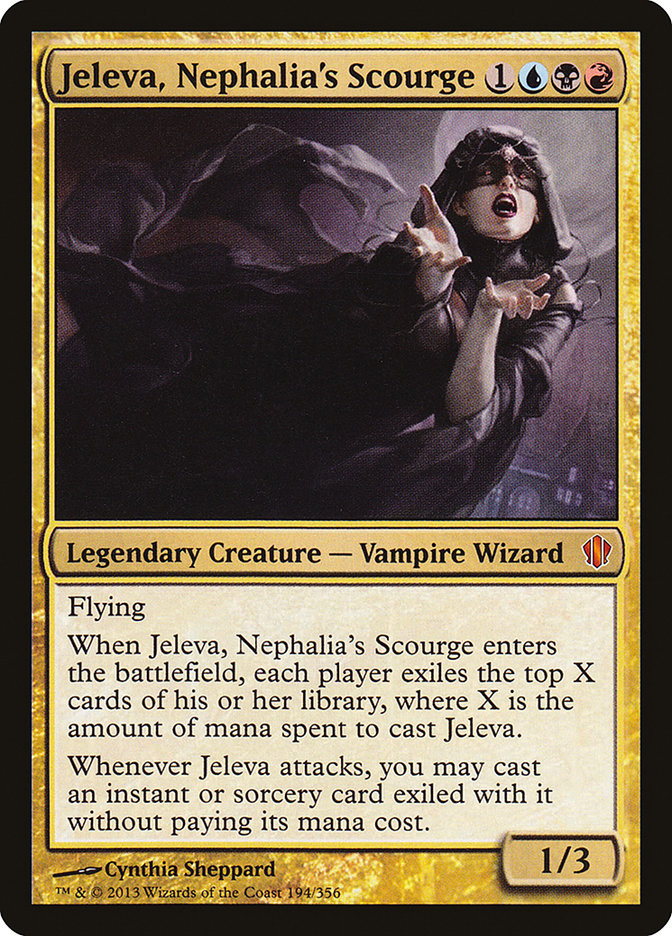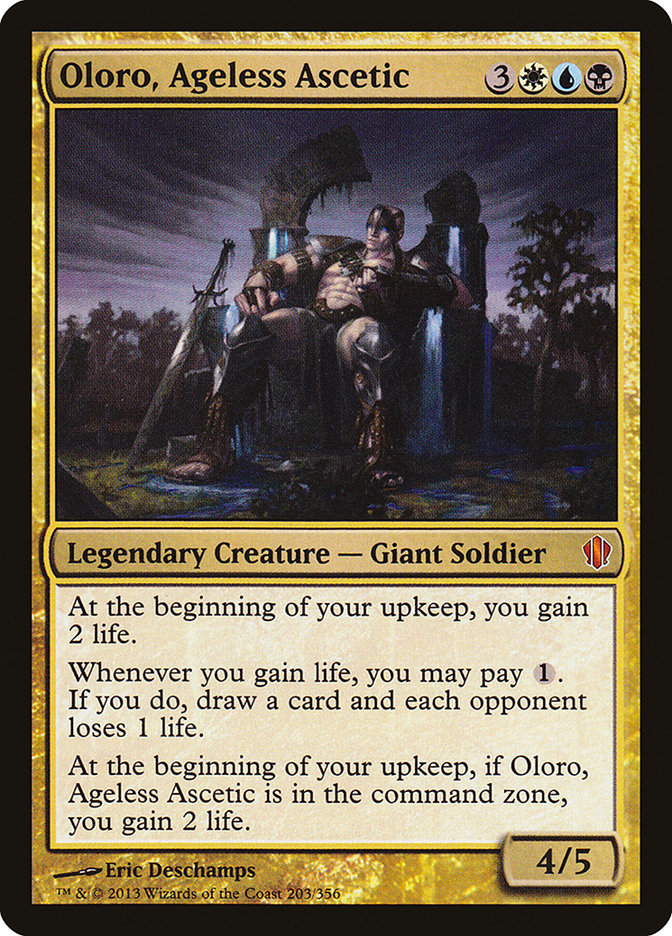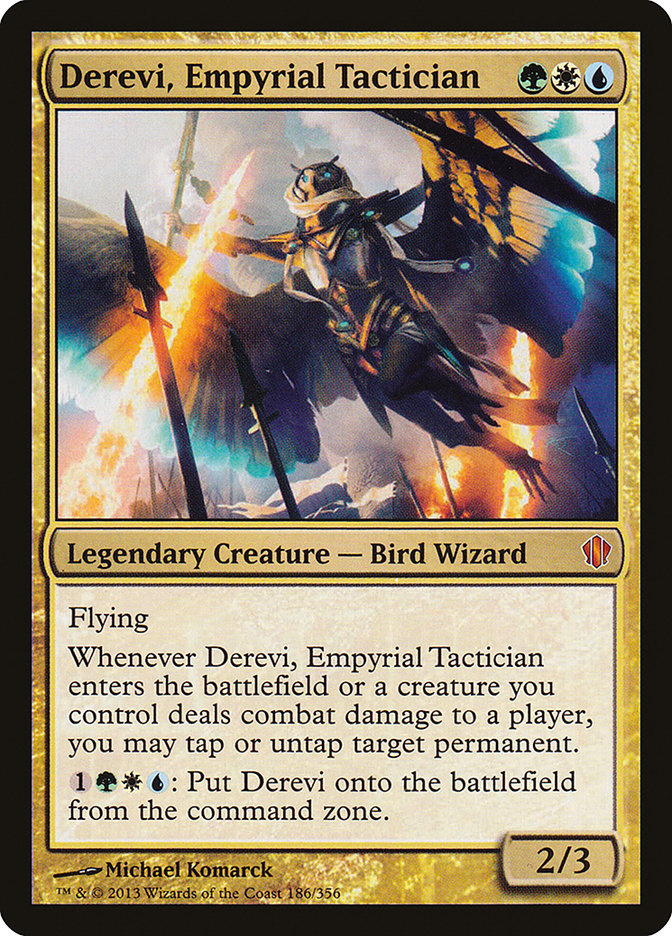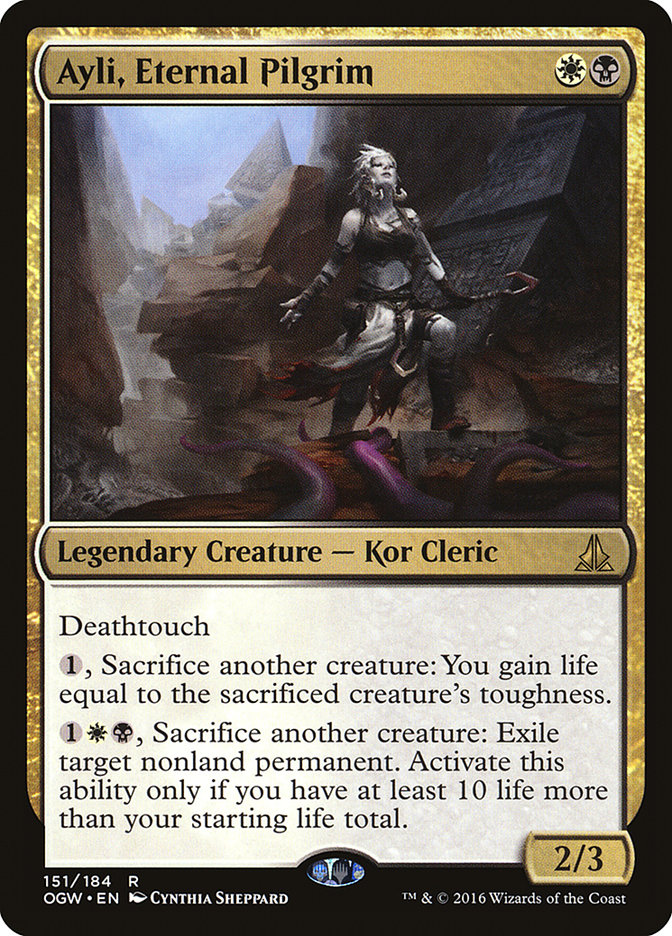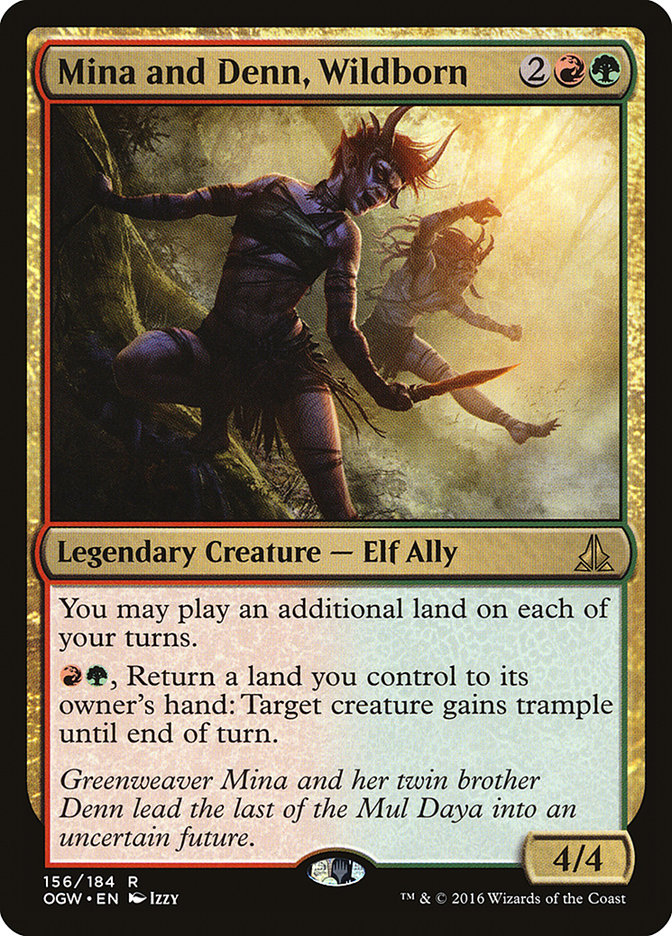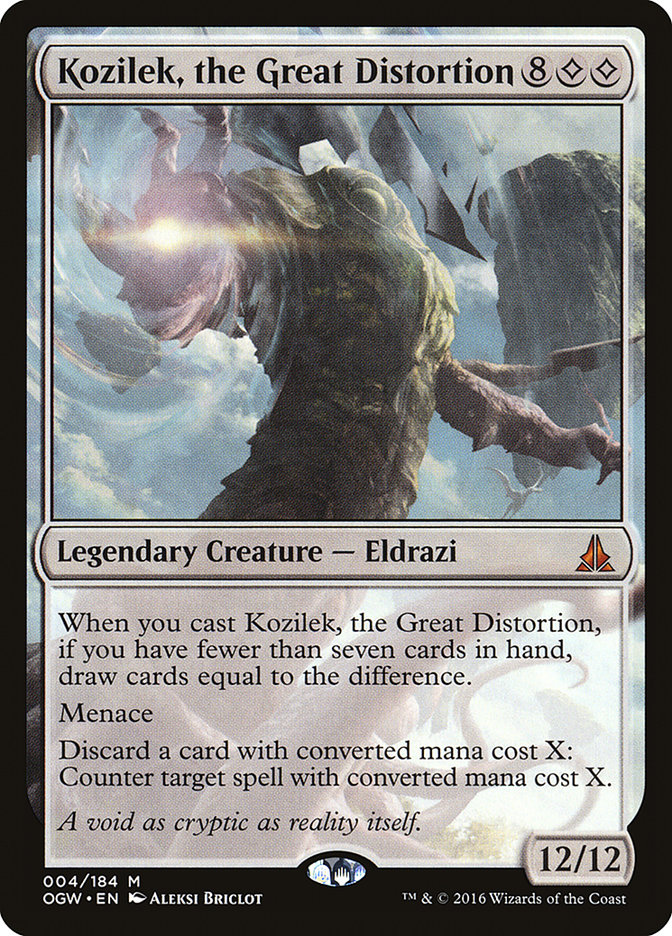“This is the way we’ve always done things.”
This is one of the most damaging and frustrating statements to hear in my line of work.
I work in Residence Life.
Whenever I hear someone say or write this at my university, in discussions with colleagues and peers, or online, I know things are about to go badly.
One of the best things about the Commander products (Commander 2015, etc.) is that the designers and developers keep pushing things in new directions. The first set gave us a bunch of new legendary creatures in neglected colors. The second gave us mechanics that worked with the command zone and the commander tax. The following set introduced planeswalkers as commanders, and the most recent iteration gave us experience counters to propel the game forward. Some of these had some major challenges in power or usability. But things keep getting pushed and Wizards keeps refining what cards are good for the format.
That’s why I want to look at the commander preconstructed decks. Is there a better way to present the first step into the format? What if it wasn’t a preconstructed deck? I will also evaluate some of the struggles in creating cards for Commander, specifically those that interact with the command zone.
Preconstructed Decks
One of the biggest joys for Commander is finding awesome cards to use. For example, my Shu Yun, the Silent Tempest deck leans heavily on Sunforger. Finding a counterspell that works with Sunforger is a bit tricky; I eventually went with just Red Elemental Blast because it is removal or a counter. Brutal Expulsion would be great, but not with Sunforger.
For many players, the challenge of finding a card that works within the deck’s framework is why we play oddball decks like Shirei, Shizo’s Caretaker; Phelddagrif; or Mishra, Artificer Prodigy. With a preconstructed deck, that joy can only come later. The deck is ready to go, straight out of the box.
A deck straight out of the box provides an extremely easy method of playing. Just open and shuffle. Experienced players cringe at the thought of playing without sleeves, but many newer players don’t know any better. Each one of their Magic-playing friends grabs a deck and off they go. But they are not playing “their” deck, not until they modify it to be their own. A focus of Commander is personal expression through deck construction.
The Commander precons should really be presented like the Deck Builder’s Toolkit: a box that can hold a few sleeved decks, a collection of basic and nonbasic lands, and sprinkle in an assortment of new Commander cards and reprinted cards. The decks should come with a “package” or core that would run in the deck. Each commander for the deck would then have some options, rather than having cards that don’t work well with the deck’s gameplan.
If the Commander products were toolkits, players would be able to make their own precon. The Deck Builder’s Toolkits are pretty rough if you hope to get a good collection of cards, only containing one or two copies of the commons and uncommons. For new players, this is lacking to create a solid deck to play against friends. But for Commander, we only need a single copy of each card and the emphasis on deckbuilding allows player to jump-start the modification process.
Deck to Toolkit
Currently, we have a deck right out of the box. The deck is built partially around a new legendary creature. There is another new legendary creature and a reprinted legendary creature. We get an assortment of cards designed for Commander and reprints that work with the legendary creatures.
One challenge is that the various commanders often do not share a mechanical overlap. This pulls the deck in multiple directions and makes building the deck around the second creature much more difficult. An example is Commander 2015 with the experience counter creatures and the other new legendary creature; for example, Mizzix of the Izmagnus and Arjun, the Shifting Flame or Daxos the Returned and Karlov of the Ghost Council. In each precon, the two new legendary creatures want incredibly different cards in the deck.
The Commander Toolkit with 150-200 cards would provide more opportunities for players to build a deck to their playstyle and allow better choices in which new commander is at the deck’s helm. We already have the different commanders and the new cards, a pool of basic lands sprinkled with a few nonbasic lands, and a smattering of reprints that support one or both commanders. If we changed the product, a few more reprints would bring the deck up to toolkit size. The total number of cards available could be padded a bit with some lands so that players can lean in a color direction if they choose.
With the larger card pool, it can be difficult for a player new to Commander to build a deck. The Deck Builder’s Toolkit included an insert that talked about the different archetypes available. The seeded section included a bare-bones selection of the archetype. In a Commander Toolkit approach, the insert would include the information about the legendary creatures and a few different options of “packages” to use. Going back the U/R Commander 2015 example, Mizzix would contain several X spells to capitalize on the cost reduction effect, while Arjun would include several smaller spells that draw cards and would have more targeted removal. Both decks would like a card like Psychosis Crawler, but the insert should explain that Arjun can use it in a more consistent manner with Arjun’s trigger.
If presenting the full Commander Toolkit approach is too difficult for Wizards to make, I would like to see a combination approach. The decklist could be 60-70 cards, and then there could be another 60 or so cards. In this case there should only be an extra two lands to adjust a deck. But the extra 60 cards should include things that work great with a specific commander. The extra cards should also include some answers, card advantage, and maybe some ramp to allow players to tune the deck more to their style.
Specific Format Cards
Magic players are notoriously difficult to please. We all know this. Our cards are too weak, cost too much mana, are too expensive to buy. They’re too powerful, there are not enough answers, there are too many answers. My cards aren’t wrapped in gold. You know, the usual stuff.
Commander players may be even more difficult. And I think Wizards of the Coast has a very difficult time designing cards for the format. We want big, splashy cards that break games in our favor. But at the same time, we want to manage the problems that come with a card like Emrakul, the Aeons Torn. Going too big means that card sees little to no play, but if it is on just the right side of good, it shows up everywhere.
I think the biggest challenge has come in two areas: cards that interact with the command zone and the cards that are designed for Eternal play. The second issue has been addressed very well. Scavenging Ooze and True-Name Nemesis spiked prices on different decks, but the last few Commander sets have not had plants for tournament formats in a couple of years. As long as Wizards stays on this path, that is solved.
The interactions with the command zone are a different problem. The commander tax can bog down a game, especially when a deck is commander-centric. The effects that interact with the command zone help to mitigate this stall. Marath, Will of the Wild; Prossh, Skyraider of Kher; and Jeleva, Nephalia’s Scourge all get additional value when recast over and over from the command zone. These cards keep their controller from starting at square one. These are good cards for the format. I look at Prossh’s interaction with Food Chain as suspect, but if you don’t run Food Chain, the deck is really cool.
Here we have a problem. Oloro, Ageless Ascetic is actually a cool design. In the early-game, he gains you a little bit of life. Then you cast him and get to work. Drain the table, gain life, get a card, repeat. Easy-peasy. You can even set up several different cards that will let you machine-gun the table, draining them for every bit of mana you have.
The issue is that players are sometimes boring. I saw a really cool draw engine, and players saw their commander being killed. What most often happened was a super-grinding Esper control deck. The little bit of lifegain, plus some others, fueled Test of Endurance and the like. Meanwhile the deck just countered and Wrathed every chance it got. Not exactly a fun experience. And when it was in an Archenemy position, the deck kept gaining little bits of life. However, players can be creative with Oloro, even if many aren’t.
But Derevi, Empyrial Tactician messes with the fundamental rules of the format. The commander tax never applies. Do you know how to get more salt from a player than can be mined in the world? Pithing Needle turn 1 naming Derevi. It is amazing how angry that player will get when they suddenly have to play by the same rules as everyone else.
Derevi, Empyrial Tactician’s activated ability is incredibly difficult to stop, allows the player to bring Derevi onto the battlefield at instant speed, and has both enters-the-battlefield and deals-combat-damage triggers. If Devevi didn’t have all of that, it would be much less aggravating to deal with.
The prevalence of Derevi Stax decks does not help, either.
I look at the first three commanders as interesting design that aids late-game stalling issues, Oloro as a cool card that was met with lazy players who want to pillowfort, and Derevi as a poorly designed card that circumvents the rules of the game. Cascade, affinity, untap spells like Time Spiral, storm, and emerge all have problems for being free or massively discounted effects. Derevi, Empyrial Tactician presents a similar issue: it always returns and it never costs much mana at all.
Fortunately, it seems that Wizards of the Coast learned from this cycle. The experience mechanic cycle is fascinating in design but really boring in application. The color pairs do exactly what you expect. R/W is super aggro rawr, W/B has pillowfort and drain enchantments, B/G is all about the graveyard, U/R is all about spells, and U/G is generating value creatures. But none of this is new territory.
I would like to see more legendary creatures that can function like small engines rather than being a deck’s entire purpose. Ezuri, Claw of Progress has few ways to build the deck. It is basically a thought experiment on including Sage of Hours for infinite turns or ignoring that so your friends don’t throw a deck box at you. But some of the newer legends that have been printed provide many different builds.
These cards all need support but do not demand a deck is built around them. Mina and Denn can provide a lot of landfall triggers and enable trample, but the card doesn’t dictate the deck in the same way Omnath, Locus of Rage does. When Omnath 2.0 shows up, everyone knows what is going to happen. Mina and Denn, Wildborn can open up many possibilities, including themes that don’t necessarily relate to mechanics.
Ayli, Eternal Pilgrim is similar. The deck wants to gain life and have creatures to sacrifice, but everything else is up to the player. Even Kozilek, the Great Distortion pressures the deckbuilding process to have a wide range of mana costs to discard. But discarding too much with a colorless deck makes reloading difficult, as there are limited options for card advantage.
Engines provide players opportunities. Jori En, Ruin Diver is another example. Seeing more engine-style commanders would give players more options to build a deck to their liking, rather than having linear commanders with a single purpose. Linear legendary creatures in regular sets are fine, but in the Commander products’ legendary creatures should be a little different.
Awaiting November
I know the four color-sets coming out will be regular precons like we expect. But if the Commander 2017 or Commander 2018 products come out not as decks, but as Commander Toolkits, I think it will make for better products. If the legendary creatures are engines and not linear commanders, I think that will improve things as well.
But most importantly, I want to see the command zone left alone. I do not think that more cards that circumvent the commander tax are good for the format. More cards like Marath, Will of the WIld can work very well, but not dodging the tax.
Gen Con Update
I said I would include a Gen Con update a couple of weeks ago. I’ll be flying out Wednesday. Oros, the Avenger is a definite deck I’m bringing. Liz is planning to bring Sen Triplets; Kalitas, Traitor of Ghet, and most likely Hazezon Tamar. The other decks I plan to bring are Phelddagrif; Lyzolda, Bloodwitch (it’s still a $50 budget deck); Jori En, Ruin Diver; Gisela, Blade of Goldnight; and Dragonlord Ojutai. I don’t plan to use Ojutai much, but I have it just in case.
There is a chance I’ll have Kathari Remnant as a pauper Commander deck too. I hope to see you at Gen Con. While we wait for the best four days in gaming, what do you think about a Commander Toolkit? Do you think we should have more linear commanders like Omnath, Locus of Rage or legends like Mina and Denn, Wildborn? How much do you like or hate that Derevi dodges the command tax?


